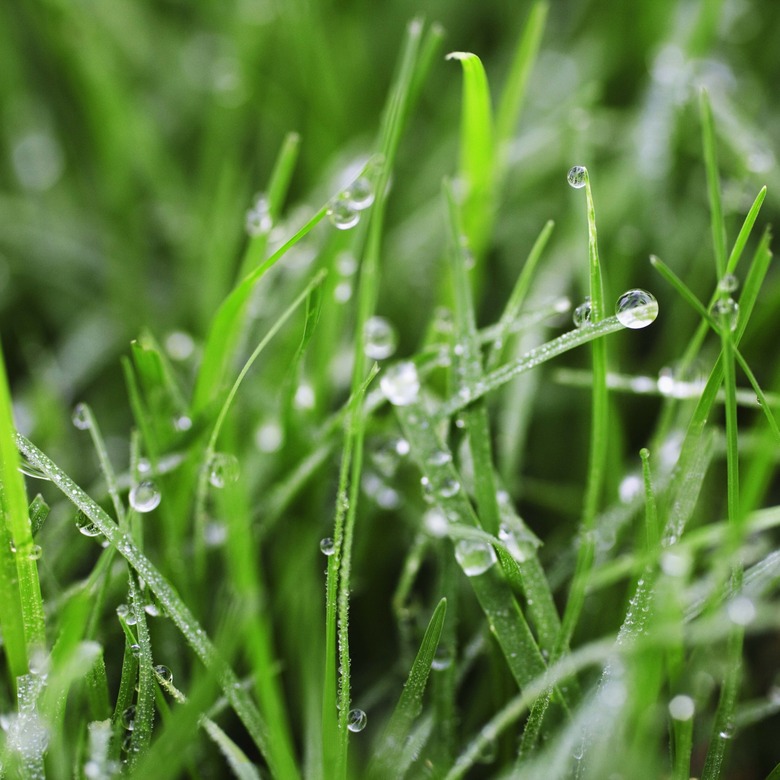The Relationship Between Moisture & Temperature
Moisture and temperature interact, and one controls the other. As temperature changes, so does the amount of evaporation and moisture, or humidity, in the air. Thus, temperature, evaporation and moisture are interrelated environmental phenomena. Humidity increases as temperatures cool and air approaches its dew points. The dew point is the temperature at which the atmosphere becomes saturated, and knowing it is critical to being able to measure humidity.
Relative Humidity
Relative Humidity
Understanding the relationship between temperature and moisture requires a method to measure humidity. Relative humidity (RH) expresses the amount of moisture in the air. It is calculated by the percentage of actual humidity divided by how much moisture the air can hold at a given temperature. The result is the RH. For example, an RH of 50 percent means that the air contains half of the moisture it could contain at the current temperature.
Dew Point
Dew Point
When air becomes saturated and condenses, it has reached its dew point. The dew point is calculated by cooling the air while at the same time accounting for evaporation. The temperature at which the cooled air reaches 100 percent of RH is its dew point. For example, if the RH at 21 degrees Celsius (70 degrees Fahrenheit) is 40 percent, its dew point will be reached when the air is cooled to 7 degrees Celsius (44 degrees Fahrenheit). At this temperature the air will condense and "dew" will form.
Evaporation
Evaporation
Evaporation is the amount of water that is converted to vapor, which then rises into the atmosphere. When RH is low, evaporation will increase because the air can hold more water vapor. Cooler air will decrease the rate of evaporation since it reaches its dew, or saturation point, quicker. Conversely, warming the air will lower RH and diverge it from its dew point. This is why a furnace in a home during the winter will dramatically lower RH in a house since inside air is warmed many degrees higher than the cold air outside.
Psychrometer
Psychrometer
A psychrometer is a device that measures RH. It has two thermometers, a dry bulb and a wet bulb. The dry bulb thermometer measures the current air temperature. The wet bulb thermometer is saturated and allowed to cool by evaporation. This evaporative cooling will provide the dew point temperature. The dew point will be the coolest temperature read by the wet bulb thermometer. A lower RH will evaporate the wet bulb more quickly. A humidity chart or calculator can then be used to calculate RH.
Cite This Article
MLA
Peterson, John. "The Relationship Between Moisture & Temperature" sciencing.com, https://www.sciencing.com/relationship-between-moisture-temperature-4007/. 24 April 2017.
APA
Peterson, John. (2017, April 24). The Relationship Between Moisture & Temperature. sciencing.com. Retrieved from https://www.sciencing.com/relationship-between-moisture-temperature-4007/
Chicago
Peterson, John. The Relationship Between Moisture & Temperature last modified March 24, 2022. https://www.sciencing.com/relationship-between-moisture-temperature-4007/
